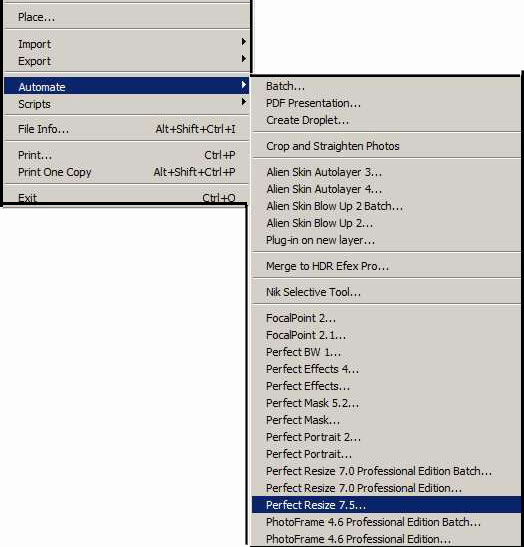

most green foliage, will be highĭensity areas. the sky, will show as low density, dark areas.Īreas which are excellent reflectors of red light, e.g. It is like taking an image in black and white with a red filter on the camera lense.Īreas which reflect little red light, e.g. Contrast and an abstract touch are improved, which can underpin the expression Is an interesting alienation effect that is even stronger and more dramatic than pure black and whiteĬonversion. Simulating classical infrared film material (the effect is rendered in black and white) (6): There is a progress indicator for tool with involved calculations.

(5): At the lower left corner: there is help and a reset to defaults button (all settings are remembered from the last use of the tool). The preview area on the left of dialog is updated accordingly. Click and drag with the mouse on the floating frame to move it on the image. The colors can be customized in the general setup page. (2): There are two buttons that can be toggled to show over or underexposure. 'Mouse over' style: preview when mouse is off the preview (in the settings area), otherwise shows original. This is a live effect preview without comparison. The top area shows the original and the lower one the filter effect for comparison.Įffect preview. The left area shows the original and the right one the filter effect for comparison. The top area shows the original whereas the lower area shows the filter applied to the continuation of the selected zoom. The left area shows the original whereas the right side shows the filter applied to the continuation of the selected zoom. Many of the tools you may need for photographic editing are included with digiKam. If you swap step 4 and 5, which is well possible if the initial contrast is already very good, you can do the first 4 adjustment in the same tool, the white balance If you want to change color space, in particular if you want to work in CIEL*a*b, 16 bit per channel are required to avoid truncation effects. If you can afford it, use 16 bit/channel for your best shots. Otherwise you'll lose a bit every time you save the results. And we recommend using a lossless format like PNG or TIFF for storing photographs. In particular, never do sharpening before the last step. We recommend this sequence of image editing steps to ensure optimum photographic quality for the end product. Digital Asset Management (applying tags, captions, rating, geolocation, save under new name)


 0 kommentar(er)
0 kommentar(er)
